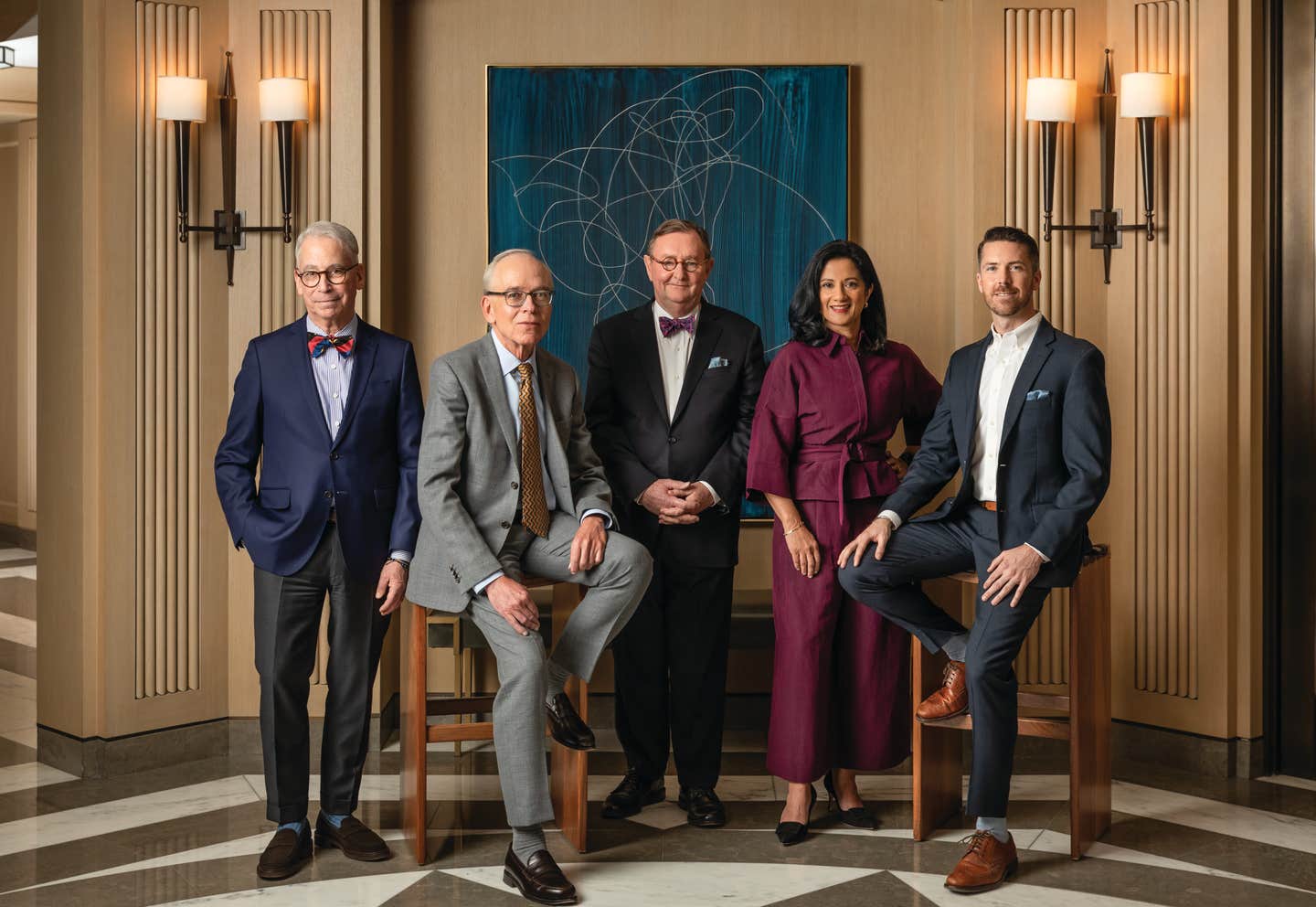
Features
RAMSA’s Next Chapter
While Robert A.M. Stern Architects (RAMSA) has earned well-deserved acclaim for its high-rises and institutional projects since the firm’s start nearly 50 years ago, houses have been a critical part of its fabric since the beginning: from coastal New England to Southern California, from France and India to Kazakhstan and Turkey, RAMSA’s portfolio of homes manifests an authentic knowledge of Classicism that’s tailored to contemporary needs, clients’ sensibilities, and each site’s individual character.
In 2023, RAMSA formalized its Houses Studio, consolidating several smaller divisions into a single entity that’s largely (though not solely) devoted to the design of single-family residences. To mark the occasion, Traditional Building spoke with the partners behind RAMSA Houses Studio—Bina Bhattacharyya, Randy Correll, Kevin Kelly, Grant Marani, and Roger Seifter—about how the Houses Studio fits into the firm’s history, and where things go from here.
TRADITIONAL BUILDING: As an architectural platform, what is it about the house that continues to be interesting and fulfilling?
Roger Seifter: Of all architectural exercises, designing a house might be the most personal and intimate one.
Grant Marani: We often say to our house clients: you’re going to tell us things you’d never believe you’d tell anyone.
Bina Bhattacharyya: Our houses are like portraits of our clients, rather than portraits of us. The design potential of a house is as great as there is individuality amongst humans—there’s boundless potential for invention and reinvention.
Kevin Kelly: The house presents this opportunity to focus on specific design elements that, in other building types, you may not get the opportunity to really dive into. It can be this jewel box where you can explore these different detailing solutions and intricacies that other architectural building types just don’t allow for.
TRADITIONAL BUILDING: Talk about the genesis and development of the Houses Design Studio. How does it fit into RAMSA’s broader legacy?
Randy Correll: I started at the firm when I was in my 20s. Thirty years ago, there were probably 40 people in the office, and there was one partner, Bob Stern. Now we have 250 people and 16 partners. There was never a master plan of how we were going to grow; it happened very organically. As time went on, the studios evolved: one doing high-rise residential, another doing institutional work, then we had four studios doing houses and other buildings. We took a holistic look and these smaller studios just didn’t seem to make sense within this bigger organization, and we thought things would work much more efficiently if the Houses studio was one. Since we made this change last year, it’s been working out great.
Grant Marani: We’re de-balkanizing. Each of us does things in our own way, and that sometimes limits the exposure of more junior staff to how to approach a particular problem. This is giving everyone more opportunity to learn from each other, both the partners and the more junior staff.
Bina Bhattacharyya: The things that we’re exposed to in one arena, we can bring with us to the other arenas. We’re expanding the cross-pollination that already exists within the office across other studios.
Kevin Kelly: This consolidation has allowed us to collaborate more, but it’s also allowed designers and studio members to have a platform for reinforced mentorship and exchanging ideas to support the next generation of house architects within RAMSA, which then extends our legacy as a preeminent house design firm. It’s moving the firm forward on really solid foot[ing].
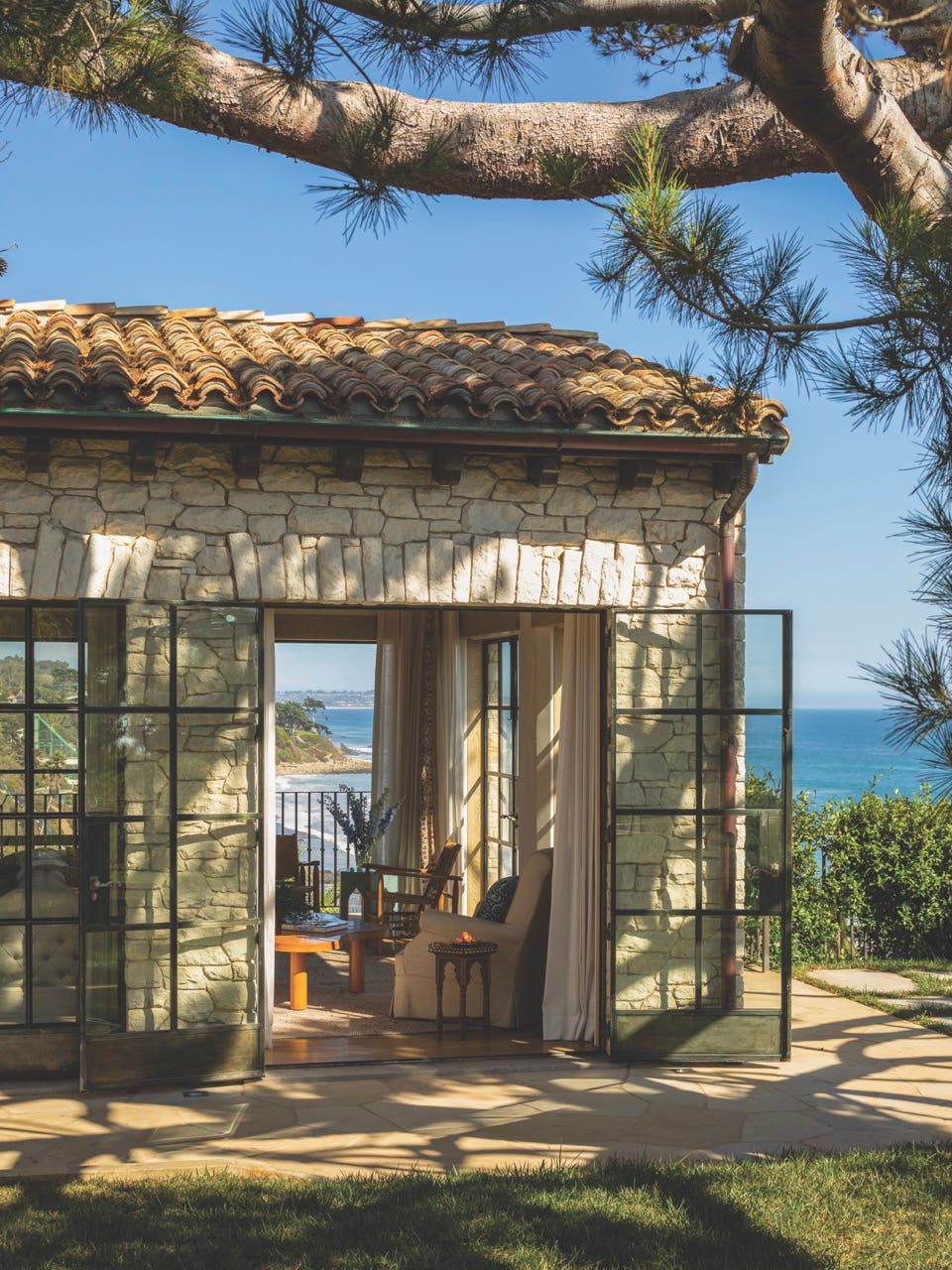
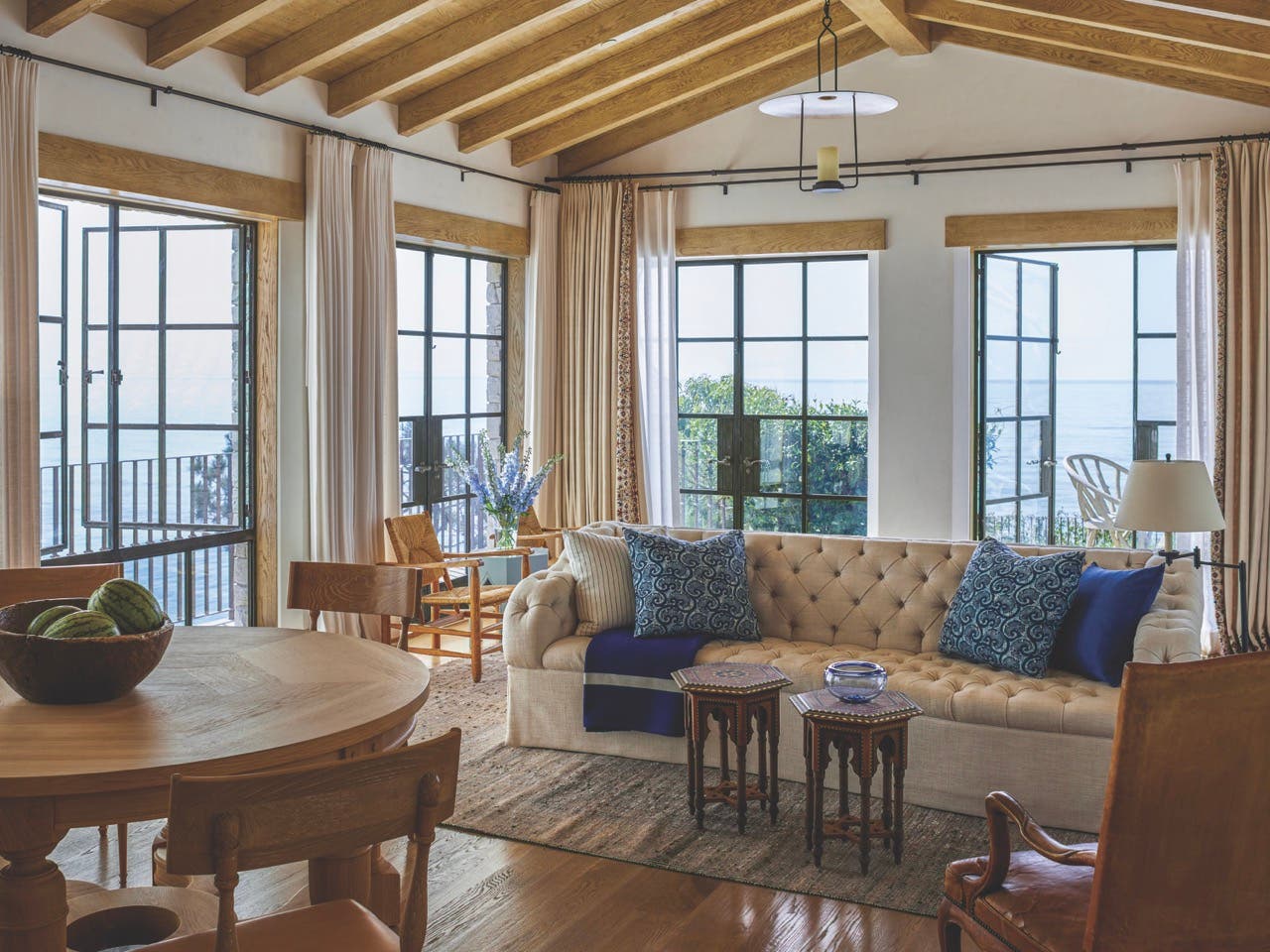
TRADITIONAL BUILDING: How do you navigate finding an appropriate style and reconciling it with the client’s wants and needs? Ideally, how do those conversations and collaborations unfold?
Roger Seifter: We’re not the first architects to moderate between traditional and contemporary—that was a challenge that was met in the 19th century and early 20th century by the revival architects, who took traditional or ancient styles and modified them or reinterpreted them for modern needs. The precedents we go to more often than not are those houses from the early 20th century to see how they accommodated traditional architecture to the needs of [their day].
Bina Bhattacharyya: We’re not necessarily starting with a style. We’re starting with: what is right for the site? What is the client thinking about? What are the constraints?
Randy Correll: Clients come with different amounts of knowledge about architecture and different sets of expectations. Some give the barest of clues of what they want and you have to listen, kind of guess what they’re after, make a sketch or model, test it, and go from there. We always hear: we want big windows, we want an openness to the plan, we want it to be easy for family living.
Grant Marani: There’s always a logical sequence to the layout of our rooms and their relationships to each other, and also the exterior—we make sure that our rooms lead out to outdoor spaces. I’ve had clients say to me that people who have visited their house talk about a sense of proportion that feels very comfortable. The essence of the way we organize our houses has to do with proportions and the relationship of one room to another.
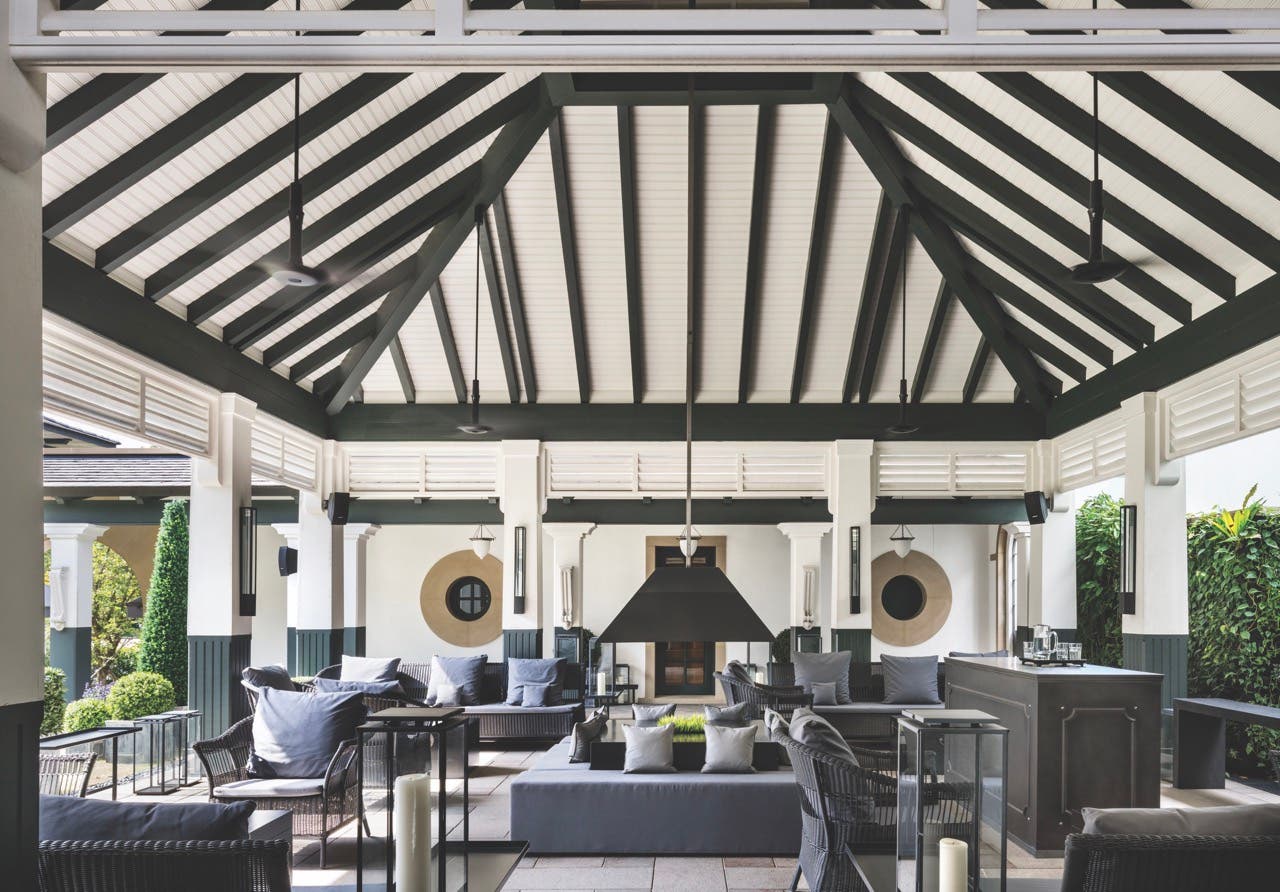
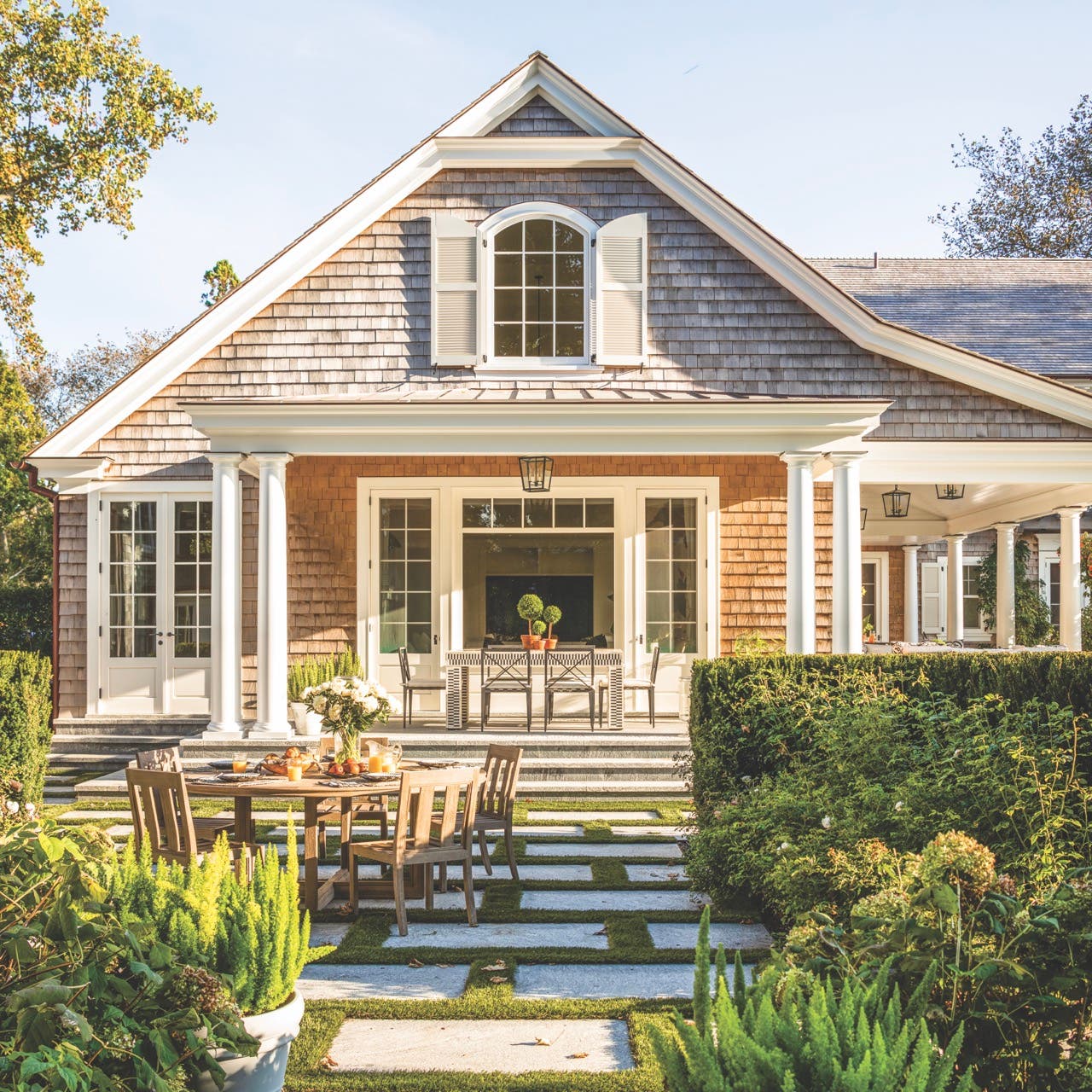
TRADITIONAL BUILDING: Looking back, which houses played significant roles in guiding the firm’s trajectory?
Roger Seifter: There were two houses on Martha’s Vineyard that were designed and built in the late 1970s, early 1980s—full disclosure, they were both my projects—that were considered essays in Shingle Style architecture, moving consciously away from the postmodernism that characterized [the firm’s] work before then. Those projects opened our eyes to other styles of architecture, to studying those styles in a more academic sense, and to trying them out on different projects. In the following years and decades, you see RAMSA Mediterranean houses, Georgian Regency houses, even French Directoire.
Bina Bhattacharyya: The 1960s Shingle houses are interesting because they’re very modern. Seen together with our more traditional Shingle Style, the breadth of approach within even just one style shows how a home can be individualized to reflect a particular person and place.
Roger Seifter: What you end up with is not just an architecture of scenography, but one of resonance and meaning. In order for this kind of architecture to be successful, it requires very deep understanding of the precedents that underlie it.
Randy Correll: We have so many houses now under design that are very exciting to us. After the COVID era, we have this kind of renewal from this organizational change. But also, we have all these great new projects to work on. TB








